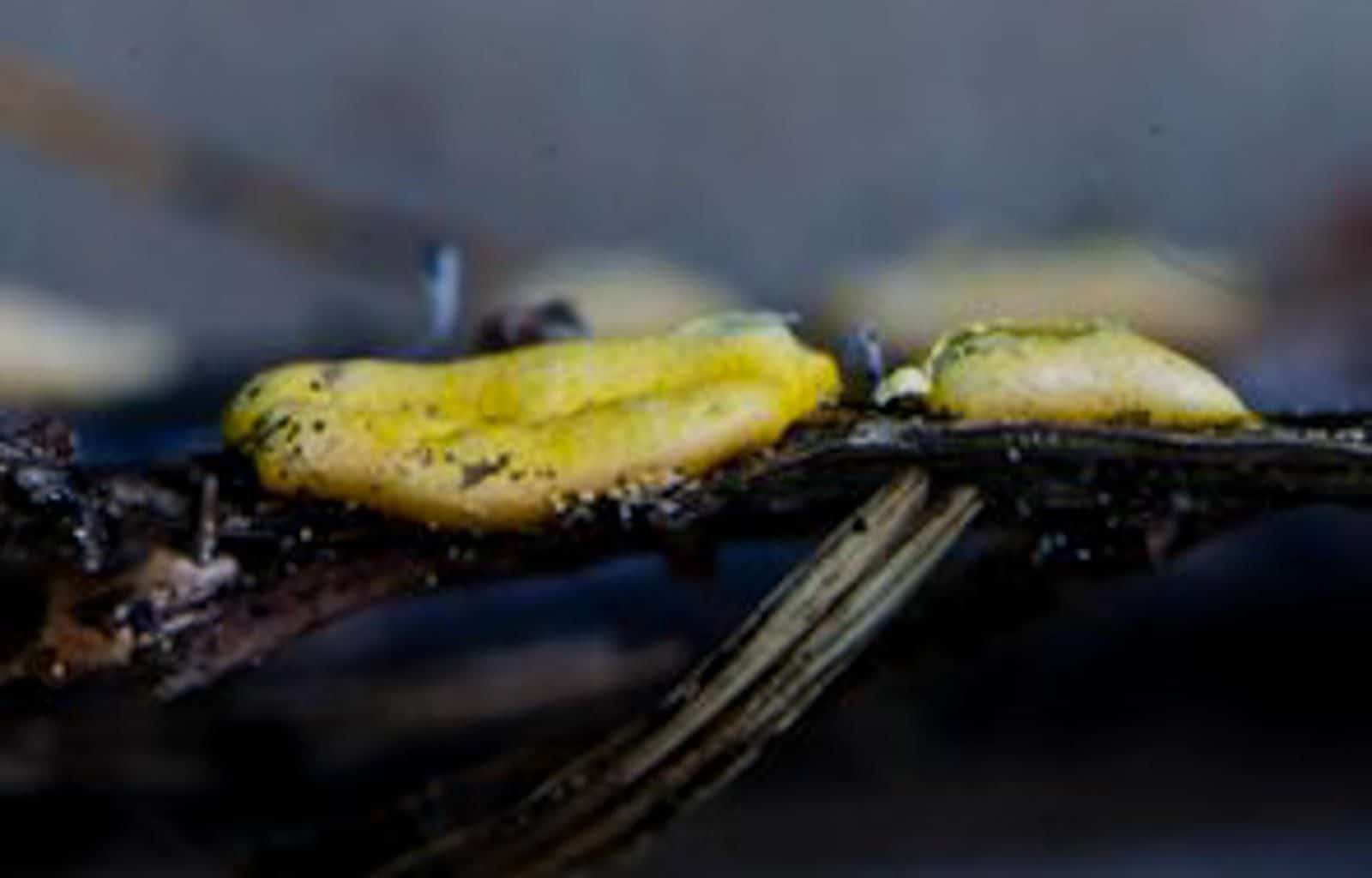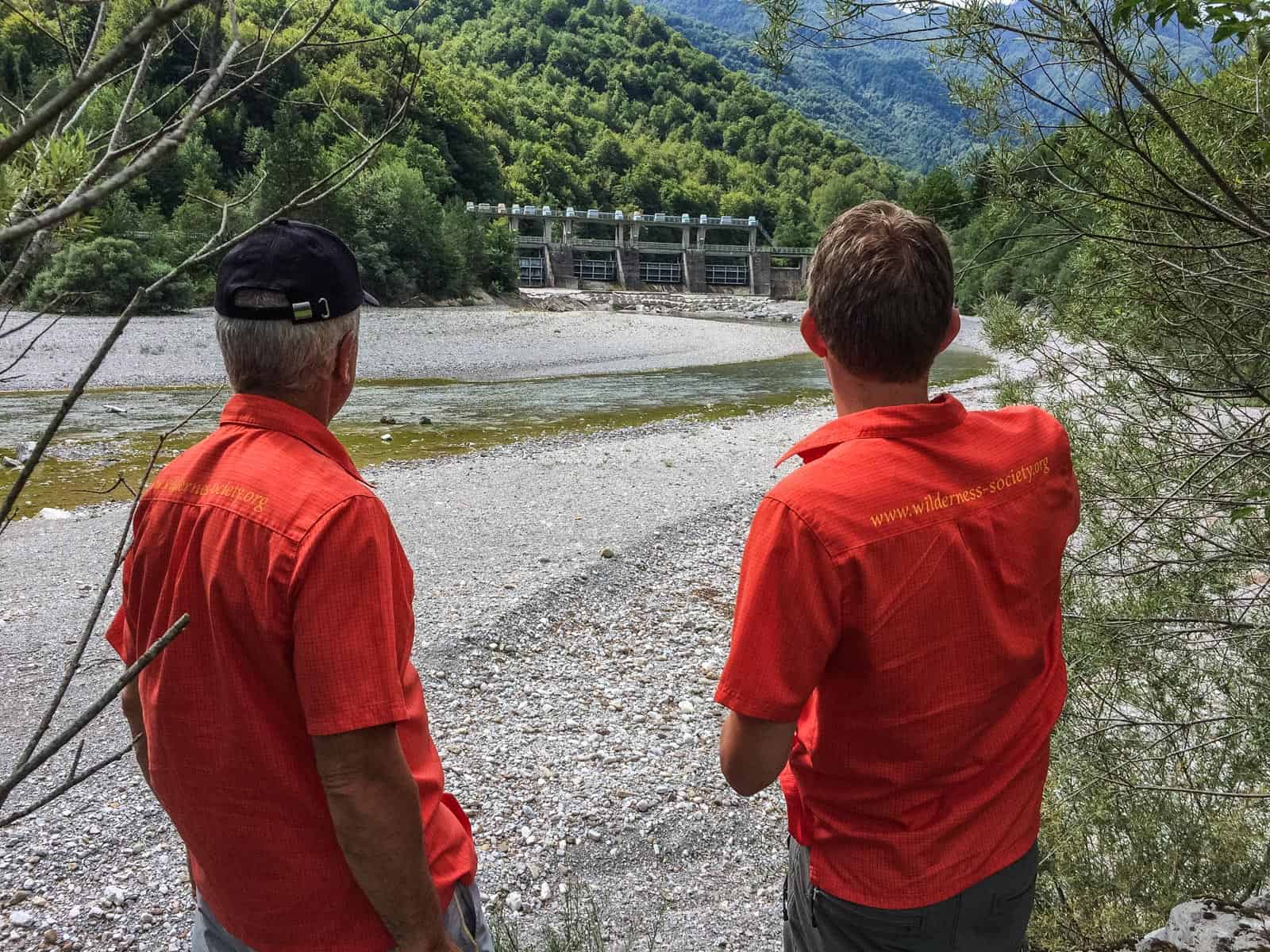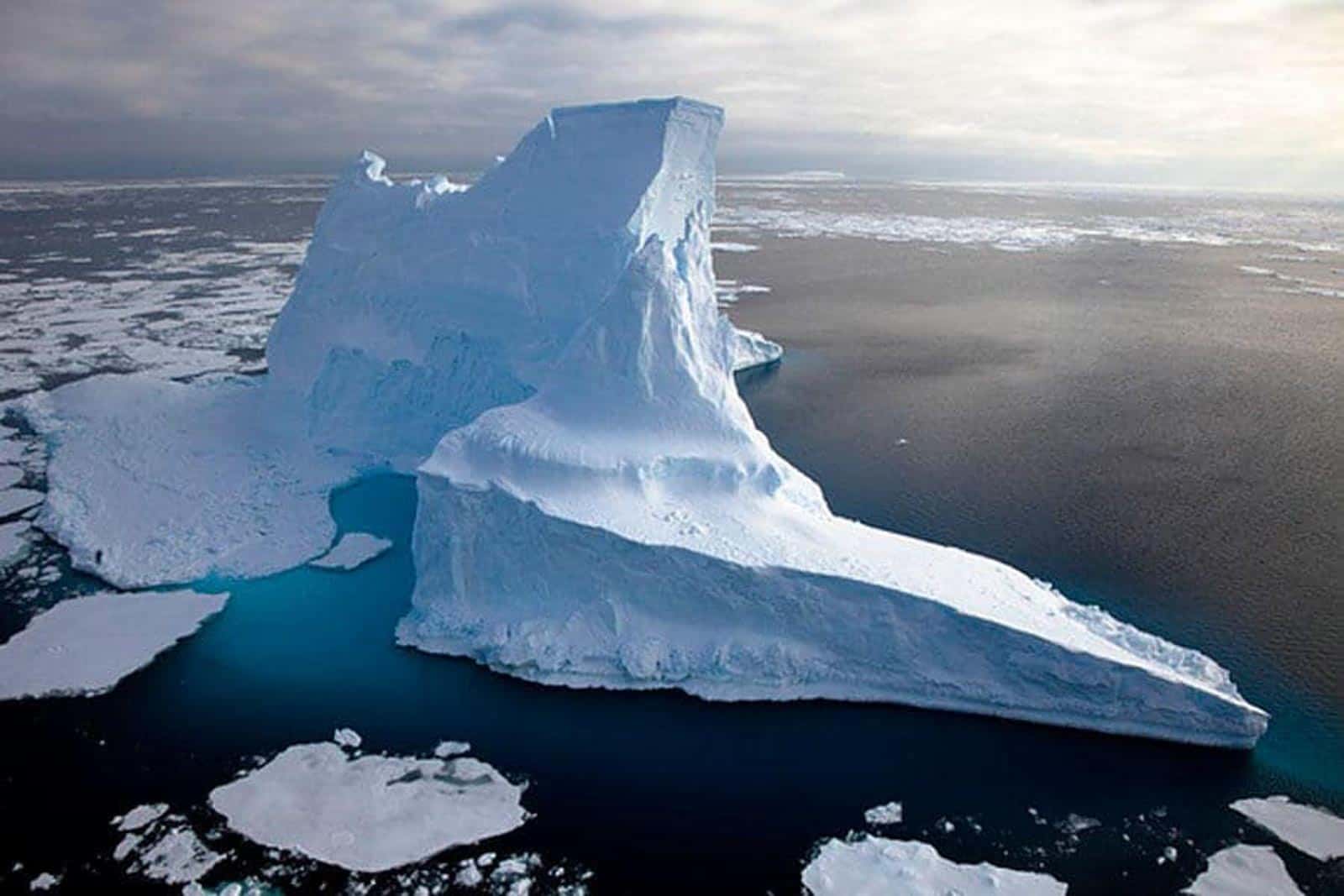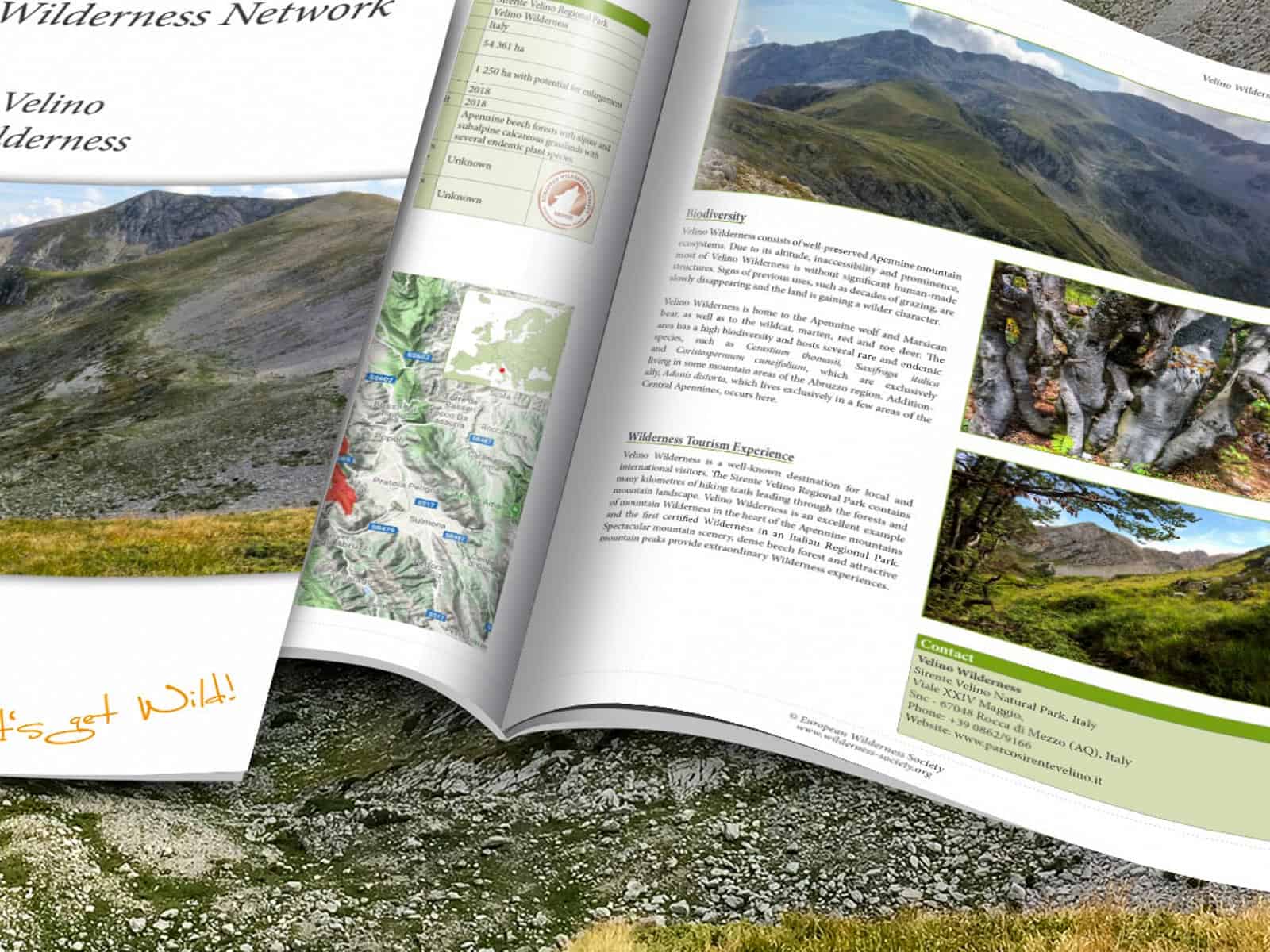Forests and Wilderness crucial in the climate change combat
Trees are widely known to be important carbon sequestrators with a great potential to combat climate change. A recent study showed that planting one trillion trees could suck up two thirds of global carbon emissions. However, young and immature trees sequester much less carbon than mature trees. Therefore, by reforestation, it would take years and years before the carbon would be taken up. With targets of net-zero emissions by 2050, this is likely not fast enough.
Please also read: Exploitation of forest in Europe is alarming
On the other hand, there already are many mature forests that absorb large amounts of carbon. Trees between the age of 70 and 125 years are best at absorbing carbon – but that is also the age when we log most trees. Consequently, many of these older forests are being chopped down. Therefore, protecting WILDForests that self-regenerate without logging is essential also for climate change. While reforestation and afforestation are also important in the fight against climate change, the protection of the already existent forests is crucial and most efficient way to combat climate crisis in this moment.
EU policy on wood as a green energy source
Yet, EU policy goes directly against preserving old forests. By labelling wood as a green energy source it promotes the cutting of forest for the production of wood pellets, effectively burning the trees. Not only does wood produce more CO2 than coal, the trees (if reforested) need years to sequestrate the carbon produced by burning. Furthermore, wood pellet burning is even more expensive than coal. To come around the economic inefficiency of this activity, the EU offers subsidies. Most of the wood pellets are imported from the US, where the forests in the South-East of the country are chopped down. As these forests are among the most biodiverse in the country, the damage is so much greater.
Wilderness for the protection of biodiversity
Wilderness areas are also crucial for many rare and threatened species. There is a long-standing debate in conservation on land-sparing and land-sharing. Land-sparing focuses on strictly protecting natural areas while intensively using all non-protected surfaces. On the other hand, land-sharing relies on non-intensive land use in syngergy with nature, but taking up more land. Multiple pieces of research have shown that species, especially the ones hurt most by human use, fare better with land sparing than land sharing. From this also stems biologist E. O. Wilson’s book Half Earth, calling for 50% of Earth’s surface to become protected.
However, while protecting more Wilderness is important for wildlife, a question arises whether just small pathces of nature with ecological deserts of intensive farming all around can really sustain all the wildlife in long-term. After all, many species need vast ranges, such as elephants, monarch butterflies or whales – especially when they are migratory. In addition, other factors, such as future food security need to be taken into account, making the issue more complex and land-sparing’s win less clear.
For effective conservation, likely both land-sparing and land-sharing need to be used. While preserving more Wilderness, the landscape around it should also be made wildlife-friendly. Thus, connectivity between the protected areas will be ensured.













